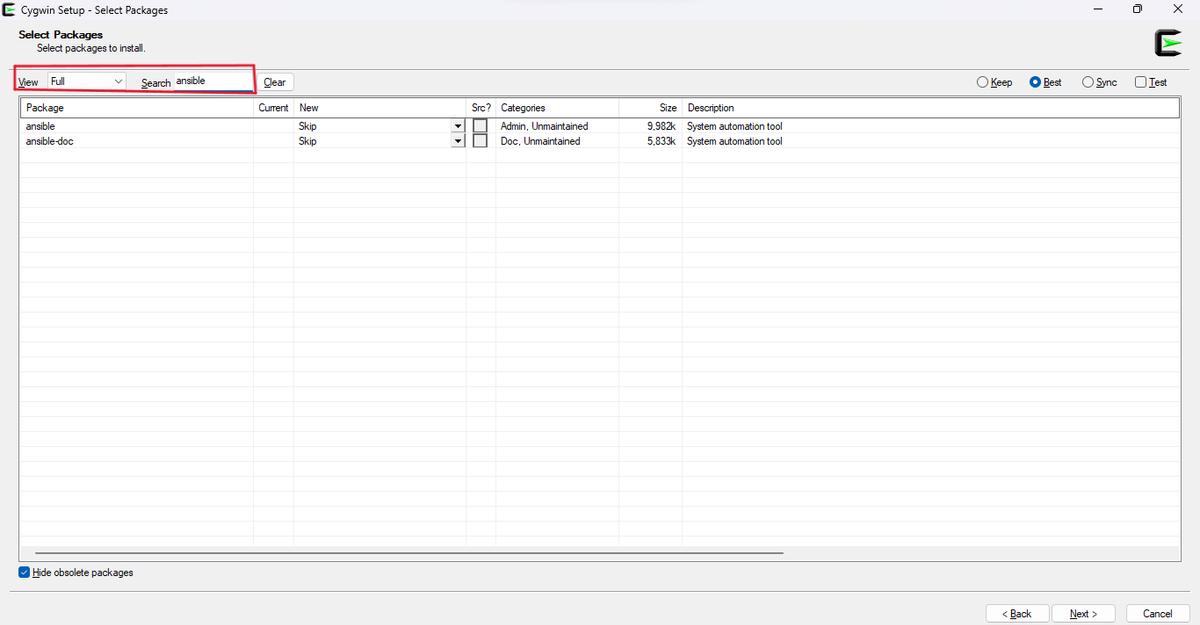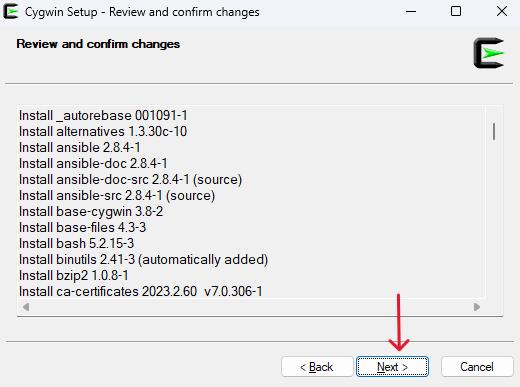It is rightly said that complexity is the enemy of efficiency. What if we say there is a digital assistant that can help you perform repetitive tasks, deploy applications, and manage several tasks by using a few commands? Ansible, your IT manager, can do it all. It is your digital sidekick that simplifies and automates your management and deployment tasks. Ansible helps you with software installation, configuration, or updating processes. It manages your computer and saves you time. This blog will give you an overview of Ansible, its key features, and a quick guide to installing it.
Table of Contents
Before we move on to Ansible's overview and installation process, let's discuss the prerequisites for installing it on your system. Make sure these requisites are met to set Ansible on your computer successfully.
Prerequisites
- Windows 10 or Windows Server
- Internet connection
- Administrator access privileges
Overview of Ansible
Ansible functions as a clever robot for your PC. It allows you to perform computer operations automatically rather than manually. It helps IT professionals to automate repetitive and complex tasks, providing better control over managing the tasks efficiently.
Assume you are a system administrator in charge of numerous servers in your organization. It would be best to guarantee that the “nginx” package (a popular web server) is installed on all servers. Instead of manually logging onto each server and installing nginx, you may use Ansible to automate this job.
Initially, Ansible could only be used on Linux. However, its Windows support is gradually also catching up. This is because of Microsoft's new attitude towards community enhancements and acceptance of a more agile, DevOps-focused software development technique.
| Want to become a Certified Ansible Specialist, then enroll in our “Ansible Online Training”. This course will help you to achieve excellence in this domain. |
Features of Ansible
- Ansible doesn’t require any agents on the systems you want to manage. Instead, it uses SSH to manage and communicate with systems, thus making it easy to set up.
- The automation tasks are written in YAML format within playbooks. These may be versioned, reused, and shared, making complex procedures simple to automate.
- Inventory management is the key feature of Ansible. It can manage inventory effortlessly by making a file that tracks the systems through IP addresses.
- A declarative language helps to describe the desired state of the system. This method makes Ansible simple to comprehend and utilize.
- Ansible helps to create custom modules or use the existing ones through its extensive modules and plugins. Also, it is very easy to integrate Ansible with other tools.
Now, let’s move on to installing Ansible on your system. Follow the steps given below to install Ansible on your computer effortlessly.
Related Article: Ansible Tutorial
How to Install Ansible
You can install Ansible in multiple ways. Here, we use Cygwin to install Ansible. Know that Cygwin is a set of tools and libraries. It allows Windows systems to work as Unix-like systems.
In normal Cygwin installation, ansible is not included. You need to add it manually during the installation process. Below is the step-by-step procedure to install Ansible on your machine.
- Step 1: You can download the Cygwin installation file that is compatible with Windows 10. It allows you to choose the correct version.
- Step 2: You can open the installation file now. The installation wizard will emerge. You can click the ‘Next’ button to continue.

- Step 3: You must now select the install from the Internet option. Then click the ‘Next’ button to continue.

- Step 4: At this stage, Choose the location in the root directory to install Cygwin. After that, hit the ‘Next’ button to continue.

- Step 5: You need to select the location in the local package directory now. Once it is done, click the ‘Next’ button to proceed.

- Step 6: Choose the appropriate Internet connection according to your system. If you use a proxy, choose the system proxy settings and enter the further details. Otherwise, select the Direct Connection option. Here, we will choose the direct connection option and click Next.

- Step 7: Choose the available mirrors on your system to proceed further with the installation process and click on the Next button as shown below:

- Step 8: A select packages page will pop up after selecting the mirror. On this page, change the View option to Full and input ‘ansible’ in the search option as shown below:

- Step 9: You can select ansible and ansible-doc checkboxes now. After that, click the ‘Next’ button to continue.

- Step 10: A popup will appear to confirm the installation settings, and then click ‘Next’.

- Step 11: The installation for the chosen packages will start now, as shown below.


- Step 12: Tick the checkbox opposite the ‘create icon on the desktop’. Also, tick the checkbox opposite the ‘add icon to start menu’ as shown in the image below. Then, click the finish button to complete the installation.
![]()
Related Article: Install Python on Windows and Linux
Ansible FAQS
1. How do I install the ansible package?
The ansible package can be installed from PyPI using pip on most systems. However, the community also packaged and maintained it for many Linux distributions. You can open your terminal and then execute some commands to install the ansible package.
2. How can you install Cygwin on Ansible?
Ansible is not included in the normal Cygwin installation. That’s why you must do it manually during installation. First, download the Cygwin installation file and then run it.
3. Why should you use Ansible?
Ansible’s simple, agentless, powerful automation lets users and customers model and deliver any configuration, deployment, or environment across their IT infrastructure. It understood that the key was to apply the same simple, agentless model to Windows management while yet seeming familiar to Windows administrators.
4. How do I connect an Ansible controller to a Windows host?
SSH into your Ansible controller host using your preferred SSH client. Download and install the Pywinrm Python module. Ansible on Windows requires the pywinrm Python module to communicate with hosts via the WinRM protocol. In an Ansible inventory file, define the remote Windows nodes.
5. Can Ansible run on a Windows host?
Ansible cannot run natively on a Windows host. Anyhow, it will run under the Windows subsystem for Linux. Know that Ansible doesn't support the Windows subsystem for Linux. So it shouldn't be used for production systems.
Conclusion
In short, ansible is a robust automation tool with which you can automate repetitive operations, manage IT infrastructure, and improve consistency. It is your IT automation wizard’s wand; there’s much more to discover and create. You can use Ansible to automate the manual chores, giving you more time to focus on your job’s exciting and creative aspects. Remember to explore Ansible’s documentation playbooks and engage with the lively Ansible community as you learn more. So, go ahead and automate! Transform your IT landscape, make your workdays more efficient, and revel in Ansible’s freedom.
 On-Job Support Service
On-Job Support Service
Online Work Support for your on-job roles.

Our work-support plans provide precise options as per your project tasks. Whether you are a newbie or an experienced professional seeking assistance in completing project tasks, we are here with the following plans to meet your custom needs:
- Pay Per Hour
- Pay Per Week
- Monthly
| Name | Dates | |
|---|---|---|
| Ansible Training | Jan 06 to Jan 21 | View Details |
| Ansible Training | Jan 10 to Jan 25 | View Details |
| Ansible Training | Jan 13 to Jan 28 | View Details |
| Ansible Training | Jan 17 to Feb 01 | View Details |

Madhuri is a Senior Content Creator at MindMajix. She has written about a range of different topics on various technologies, which include, Splunk, Tensorflow, Selenium, and CEH. She spends most of her time researching on technology, and startups. Connect with her via LinkedIn and Twitter .
















